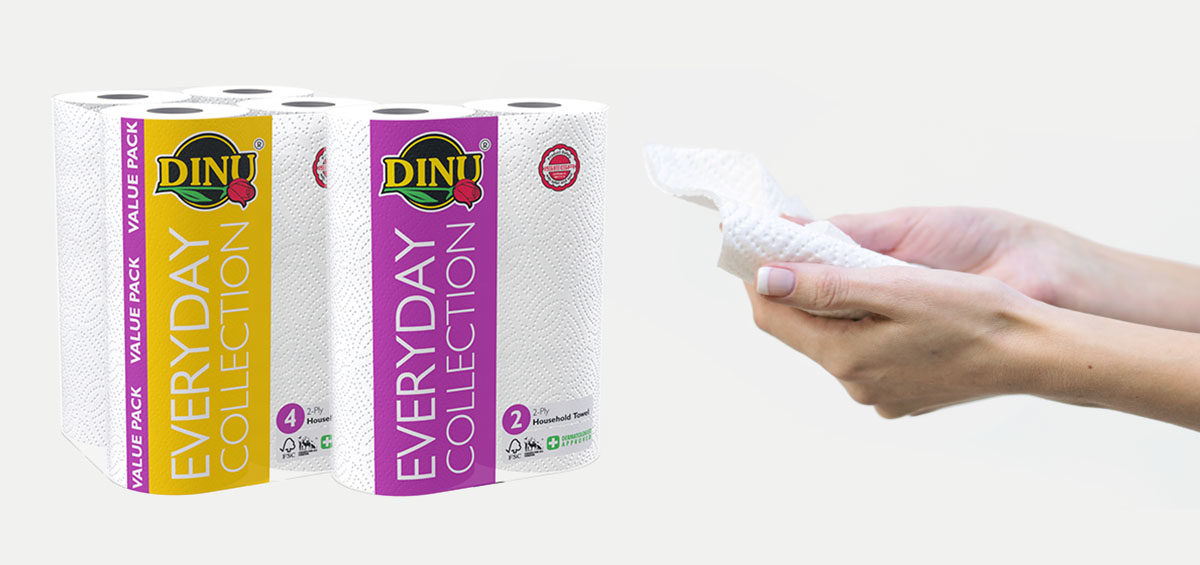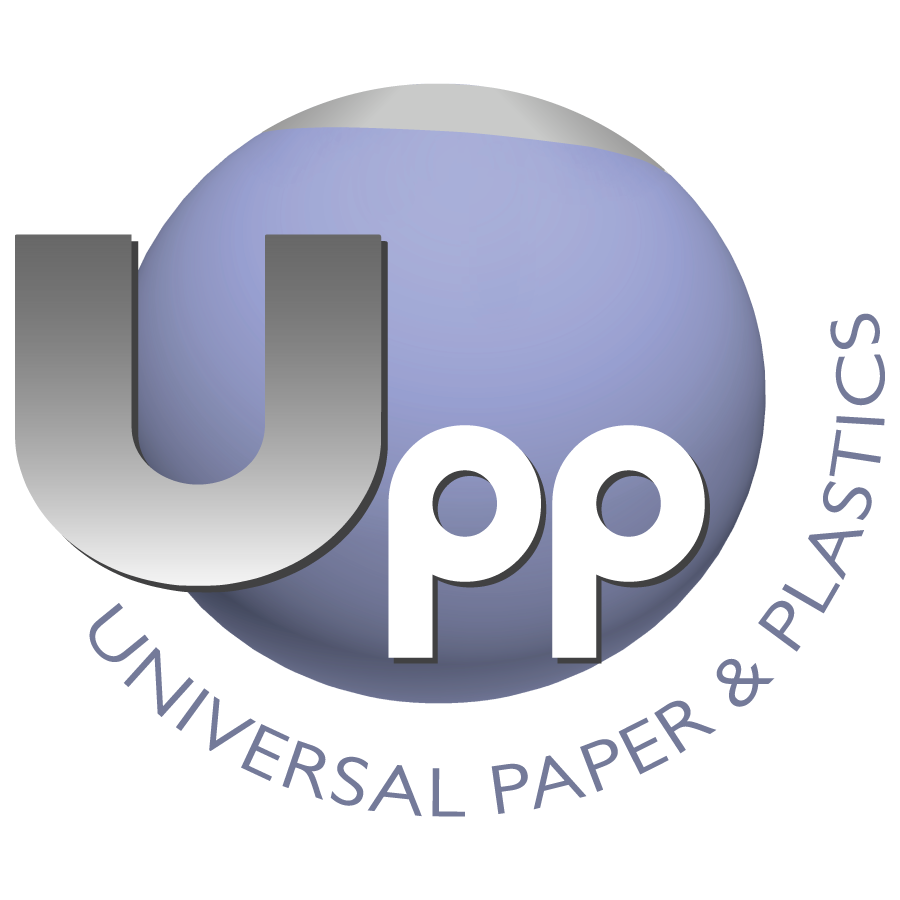It is a well-known fact that common infectious diseases are spread by our hands and that washing them remains our best defence. But what about drying? There is a war going on for wet hands. Are all drying methods created equal?
There has been much research on the topic, and it has been concluded that hand drying is an essential part of the hand washing process, as the spread of bacteria is more likely to occur with wet skin. There are a number of different methods available for hand drying in public washrooms. These include paper towels, continuous roller towels, warm air dryers and jet air dryers.
Tests have proven that bacteria is dispersed (the 1-metre dispersal equates to the height of the face of a small child if accompanying a parent) by warm air dryers and jet air dryers, whereas the immediate environment around paper towels is not contaminated. Bacteria can be safely wiped onto the paper towel without being dispersed into the air and onto surfaces through aerosolisation.
Single-use paper towel ensures water absorption, rather than water evaporation, meaning that germs are placed into the bin along with the paper towel, rather than being dispersed into the air.
For many, environmental concerns are also an important consideration. If you are concerned about paper towels contributing to waste production, you can be assured that these paper towels will be recycled to produce other paper products.
____________________________________________________________________________________________________________________________________________________
Kimmitt, P & Redway, K. (2015). Virus dispersal during hand drying. Journal of Applied Microbiology 120. pp. 478-486. ISSN 1364-5072.
Original Article:
Kimmitt, P, Redway, K. (2015) Evaluation of the potential for virus dispersal during hand drying: a comparison of three methods. Journal of Applied Microbiology. London: Department of Biomedical Sciences, Faculty of Science and Technology, University of Westminster.












